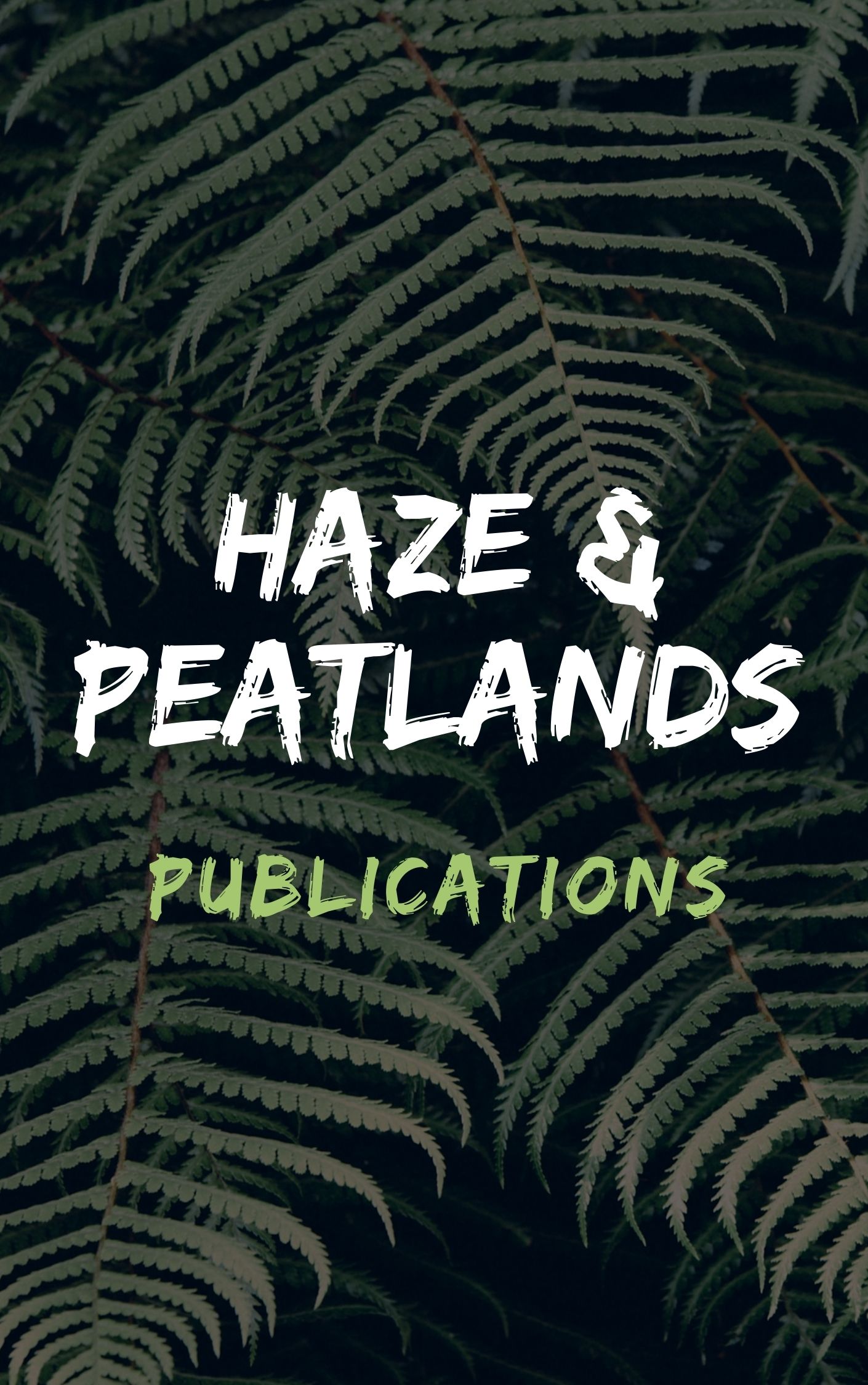Open dumping systems as implemented by the Batu Layang landfill in Pontianak City, Indonesia can cause leachate pollution in the environment. The constituent soil condition affects the leachate distribution into the ground. One of the landfill constituents of the soil at the site of the Batu Layang landfill is peat soil, in which organic content (>75%), porosity, and permeability are high. Leachate that seeps below the earth's surface can cause soil and groundwater contamination. Meanwhile, people around landfills use groundwater for their daily needs and use the land around the landfill to grow papaya, banana, sugarcane, and taro. Therefore it is necessary to prevent and minimize leachate spread. One of the efforts that can be done is to model the leachate distribution. In this study, leachate distribution modeling was done with a geoelectric method, the Wenner configuration, with a smallest electrode distance of 5 m. There were six tracks, with a length of 195 m each. The model obtained from this study was a 3D resistivity section. 3D data processing was done using the inverse distance method. The results showed that a resistivity value & LE;10 & omega;m identified the soil layer contaminated with leachate. The contaminated soil layers were estimated to be peat, clay, and loamy sand. The leachate distribution is suspected of seeping up to 195 m south of the landfill. The leachate distribution into the soil was estimated from the surface to 33.8 m.
View source

